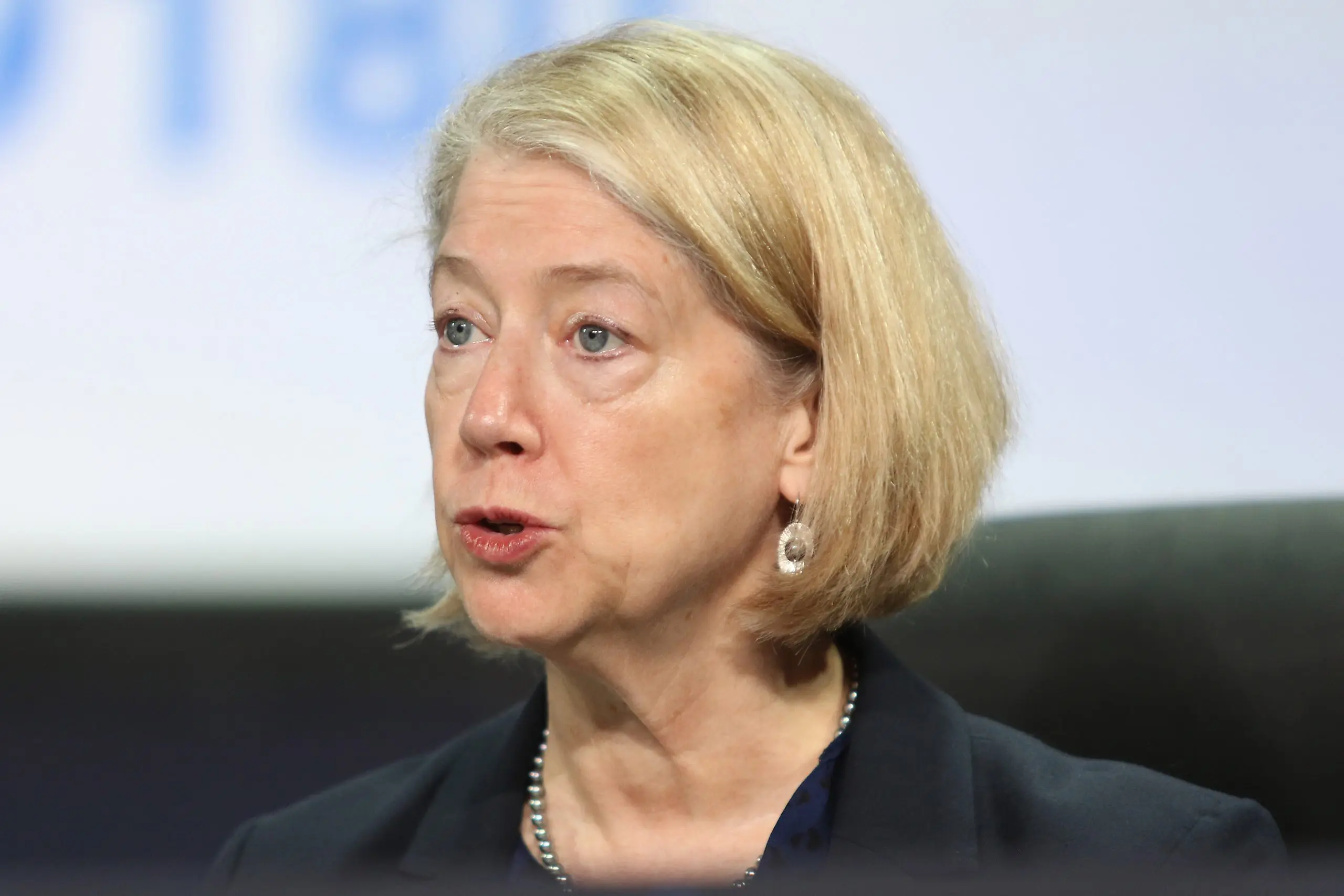
By Staff Writer.
NASA’s Deputy Administrator Pam Melroy has outlined the space agency’s goals and priorities in a wide-ranging speech to the Space Symposium in Colorado on Wednesday. The former USAF officer, combat veteran, astronaut, and shuttle commander says NASA is busier and more productive than ever chasing its overarching goal – to create a blueprint for a sustained human presence in and exploration of the solar system.
“This will act as our guidepost over the next two decades, as individual programs and technologies advance, to help ensure that the things we are doing are integrated and stay focused,” she told a packed plenary system at the Symposium.
But Melroy says this is easier said than done. To help advance that ambitious goal are a range of priorities the Deputy Administrator talked about at length.
“First and foremost, we will continue to be a global leader in science, aeronautics, space technology, and human spaceflight. In addition, we have three cross-cutting priorities – climate change, workforce, and the Moon to Mars Strategy.”
Melroy calls climate change an existential threat to everyone on Earth and says NASA is uniquely placed via its Earth Science Division to help.
“This year, with our international partners, we initiate the Earth System Observatory, a series of Earth-observing satellites that will measure key parameters to improve the world’s understanding of climate change.”
The NASA boss says the agency will continue to make its climate change research available to governments and science, integrating its climate change data for maximum synergies.
NASA is also paying renewed attention to the more than 18,000 people who work there. Melroy calls the workforce the agency’s backbone, but increasing competition from commercial space agencies and government-backed space programs in other countries makes recruiting and retaining skilled workers harder.
“The future of work is something every single person in this room is wrestling with,” she said. “Although this is mostly an inward-facing priority, we intend to work with government and industry to advance a diverse pipeline and workforce for the entire space community.”
Melroy talked about NASA’s Moon To Mars Strategy ahead of the launch of Artemis 1. Melroy says now is a good opportunity to take the time to stop and think about the strategy.
“We have a pretty solid plan laid out through to Artemis 4 – we have hardware for each of those missions either completed or under construction, we have clear goals for each of those missions, but there’s a lot of questions about what comes next.”
Part of getting to the Moon and Mars involves building a scalable infrastructure capability – another NASA priority. The Deputy Administrator clicked off a list of infrastructure needs; communications, position navigation and timing, power, resource allocations, and prepared landing areas.
“We will build objectives in these areas,” Pam Melroy told the Symposium, adding the broader space industry was looking to NASA for leadership on this. She calls what’s happening in the space industry transformational and says space will soon start playing an important part in everyday life.
“The way I see it, just as NASA’s investments in aviation seeded the golden age of aviation in the 1950s and 60s, NASA’s investments, along with other government’s investments, have seeded where we are today,” the two-time space shuttle commander said. “I believe that history will look back and say we are in the golden age of commercial space right now. It’s pretty exciting to be living in it.”






